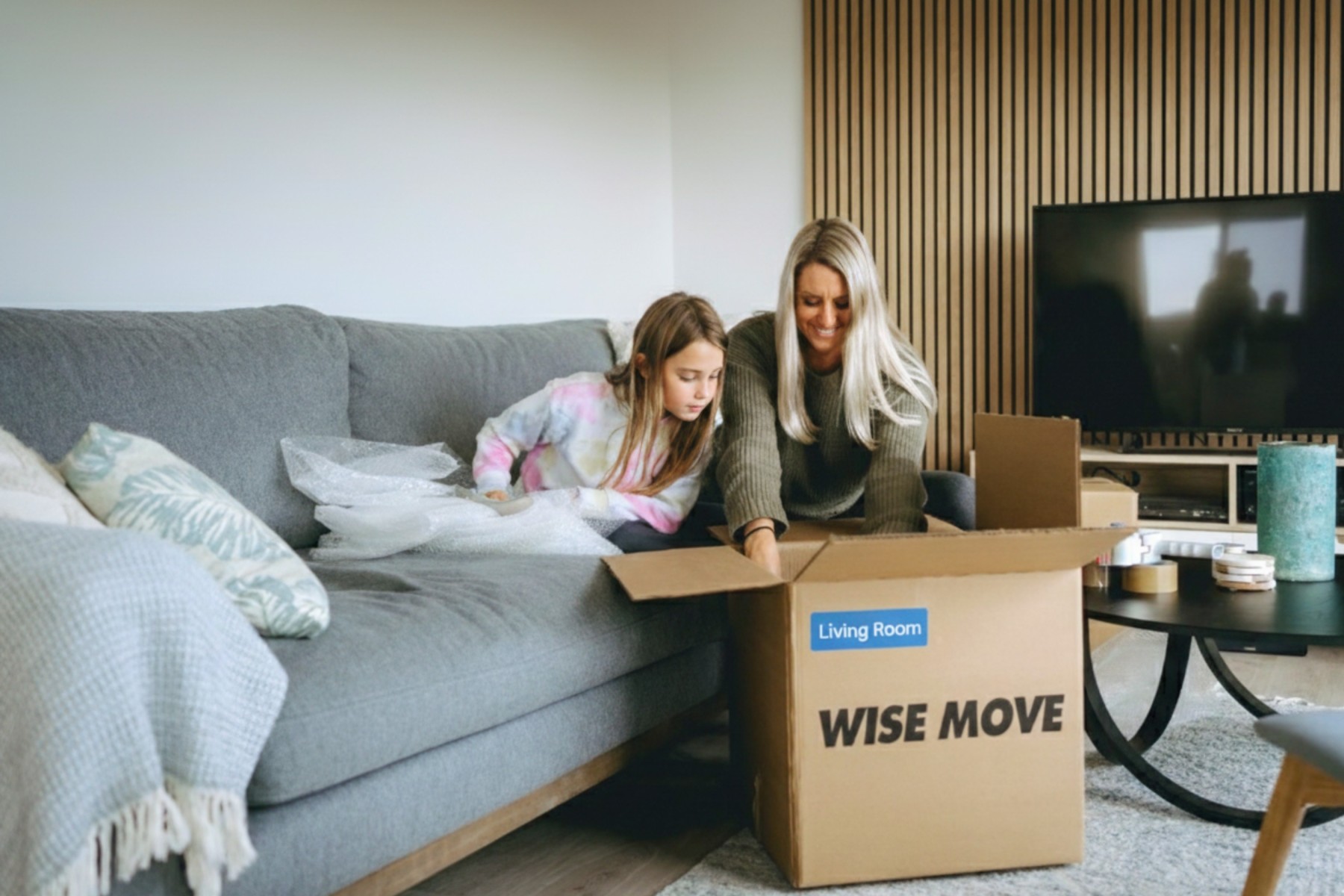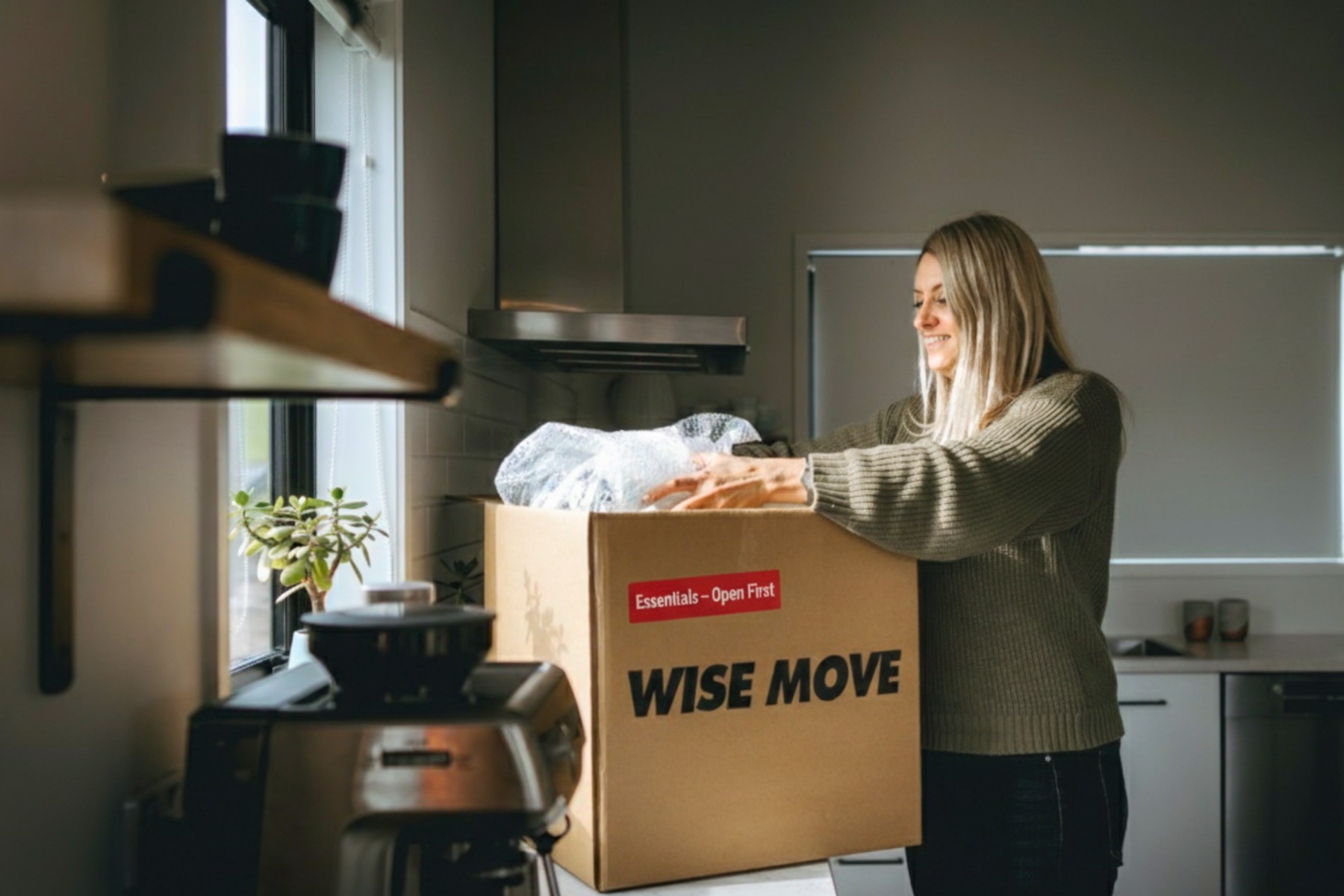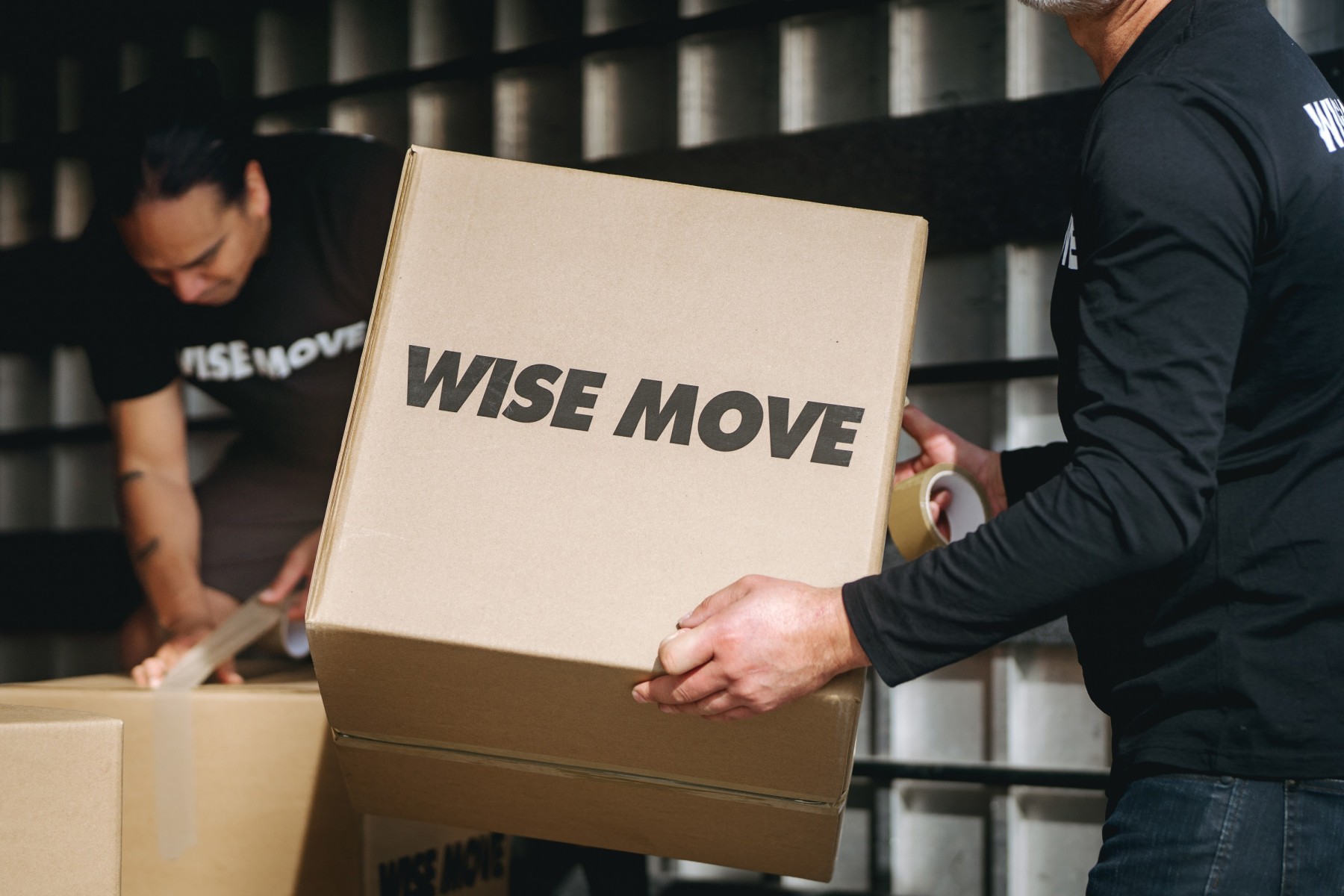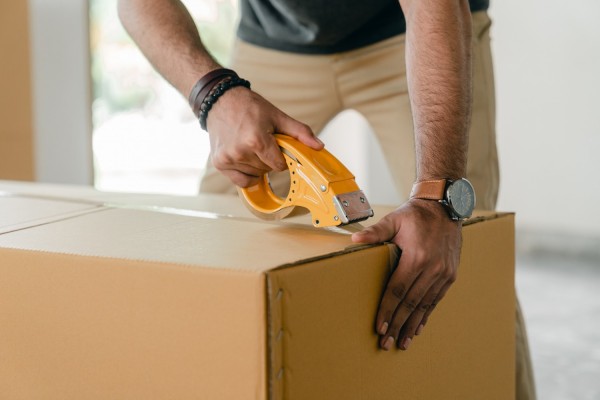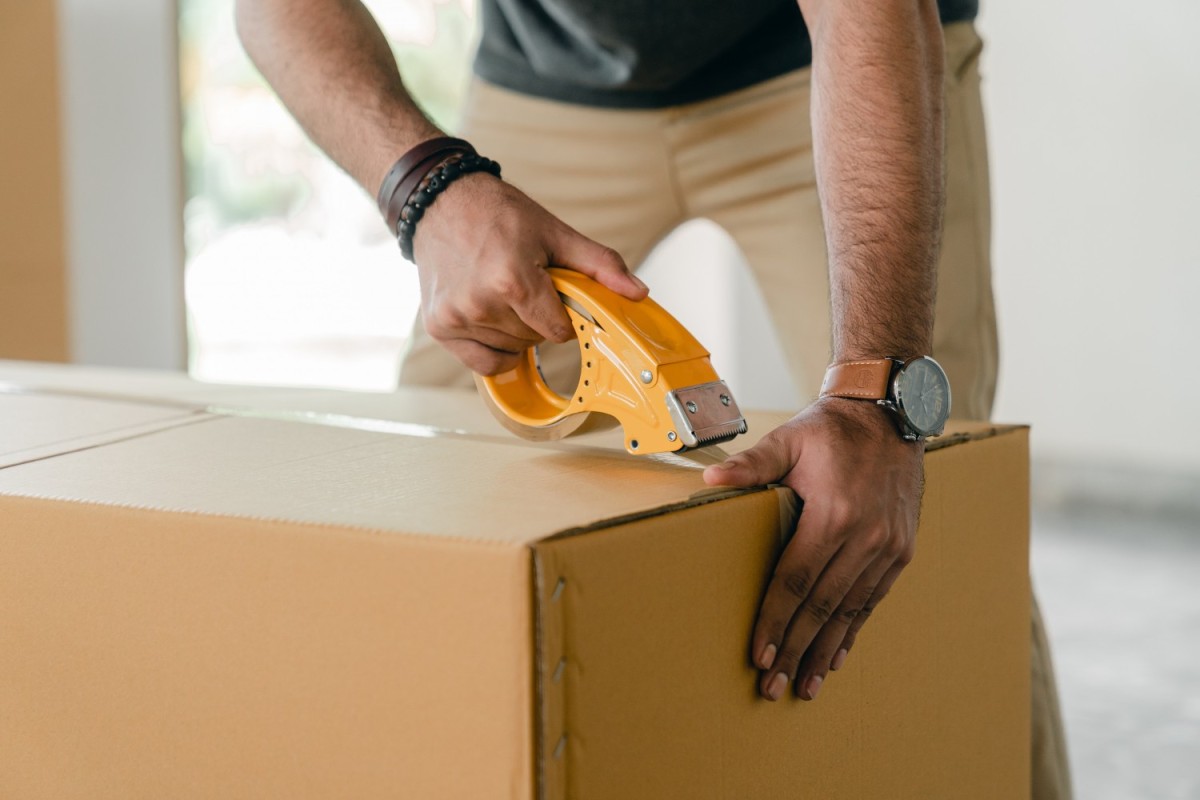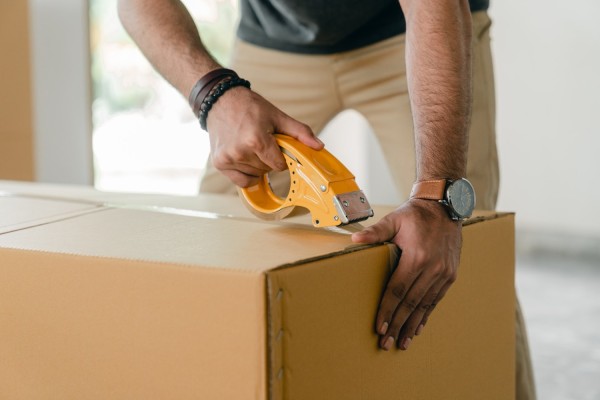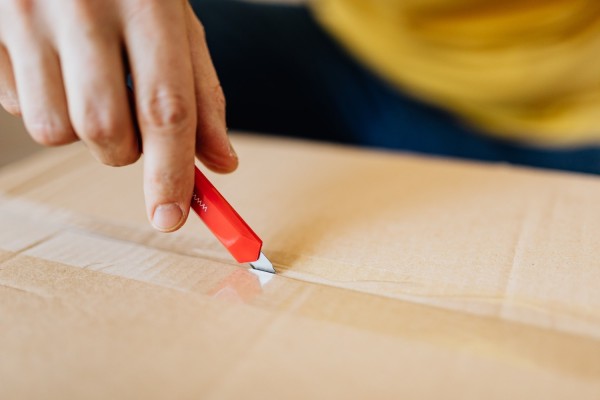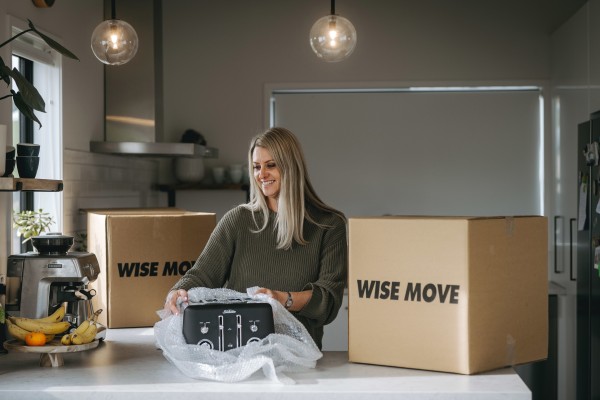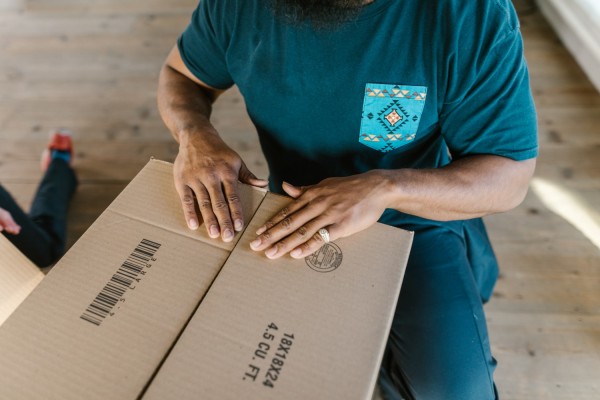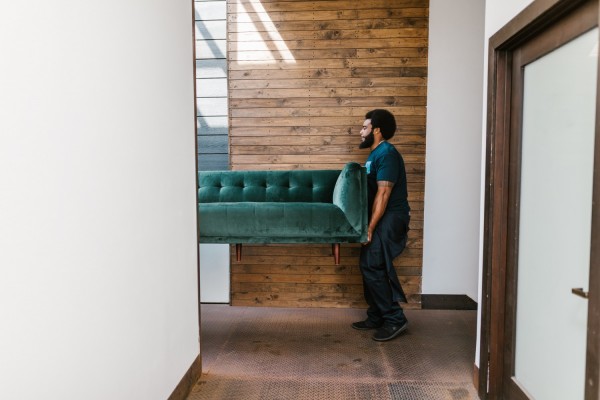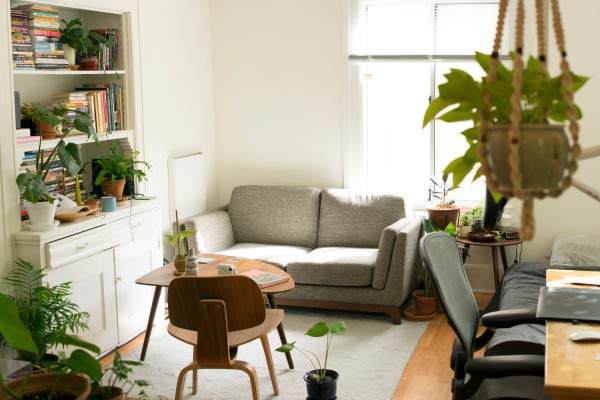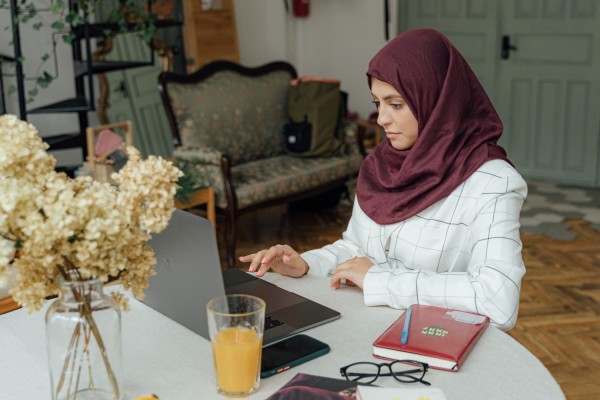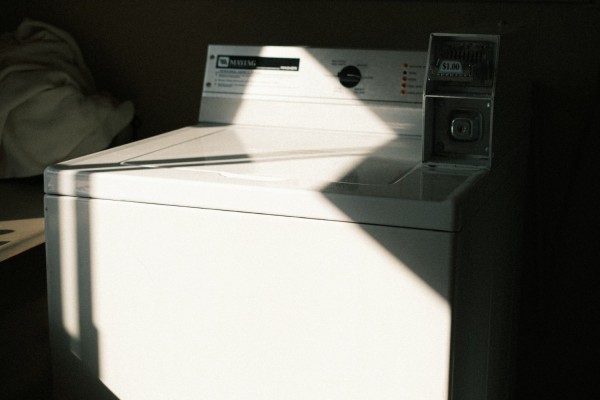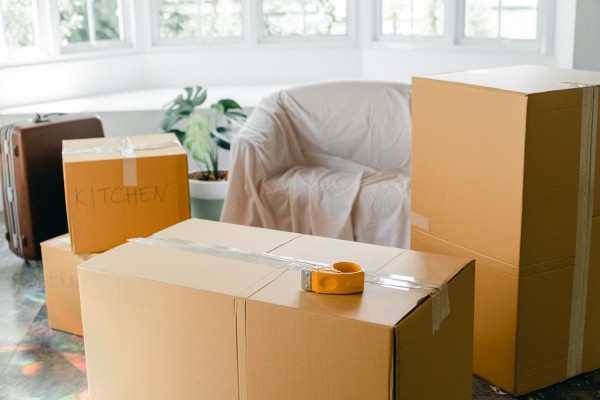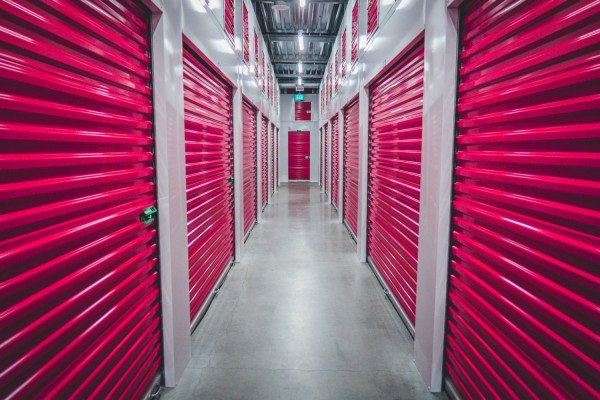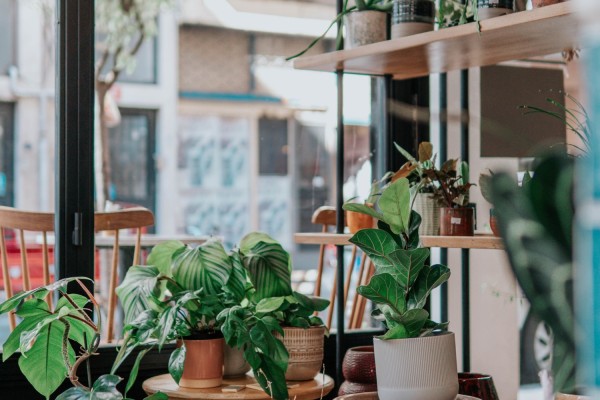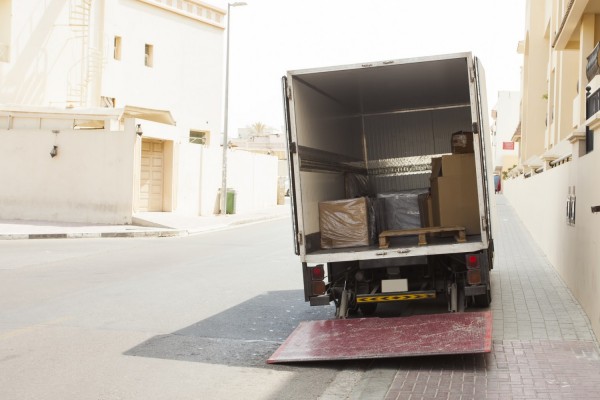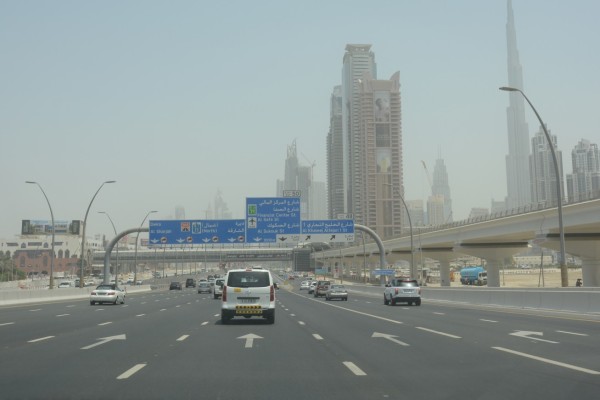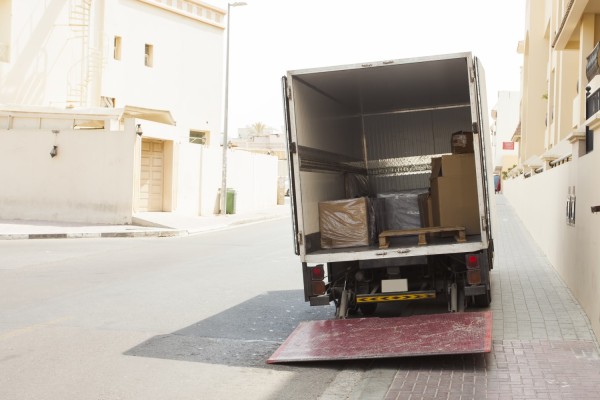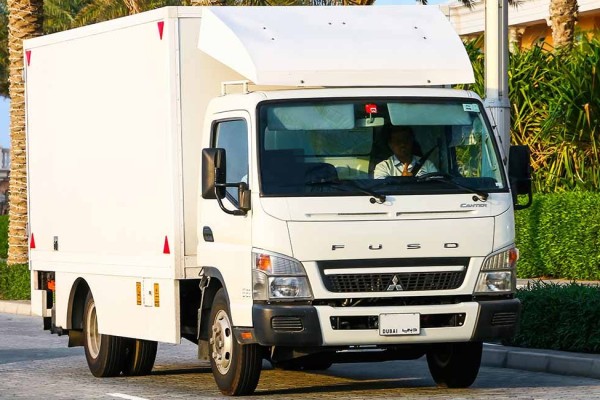How to label moving boxes like a pro
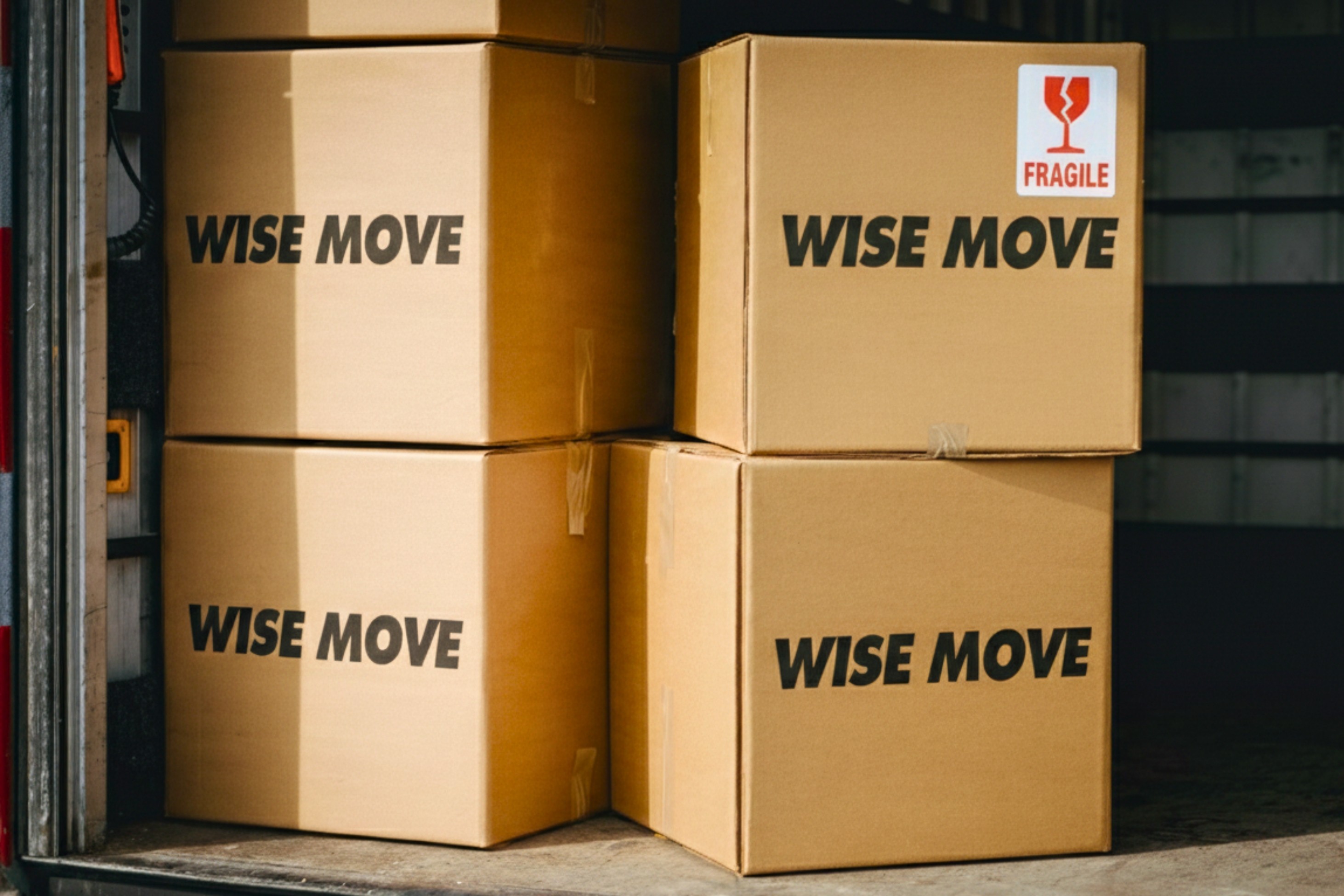
If you’ve ever played the game of mystery box roulette on moving day, you’ll know the chaos of unlabelled or badly labelled boxes. One minute you’re looking for bedsheets, the next you’re knee-deep in a box of tangled extension cords. It doesn’t have to be that way.
The solution? Whether you’re moving from a Dubai apartment to a Sharjah villa, or Abu Dhabi to Al Ain, a solid labelling system can make a huge difference when it comes to unpacking efficiently and reducing stress.
This guide sets out to help you create a simple, stress-proof labelling method that makes unpacking faster, safer, and far less chaotic, no matter which emirate you’re moving to or from.
The basics: what to write on each box
When you’re packing in the UAE, local quirks matter. Always include the following:
- Room name: Master bedroom – JVC villa
- A short description of the items in the box: linen, pillows, books, etc.
- Destination floor or flat:(Floor 12, Apartment 1203), so your movers know where each box goes in high-rises.
- Orientation and condition: mark which end is “up” and note if it’s 'fragile'.
Colour coding makes life easier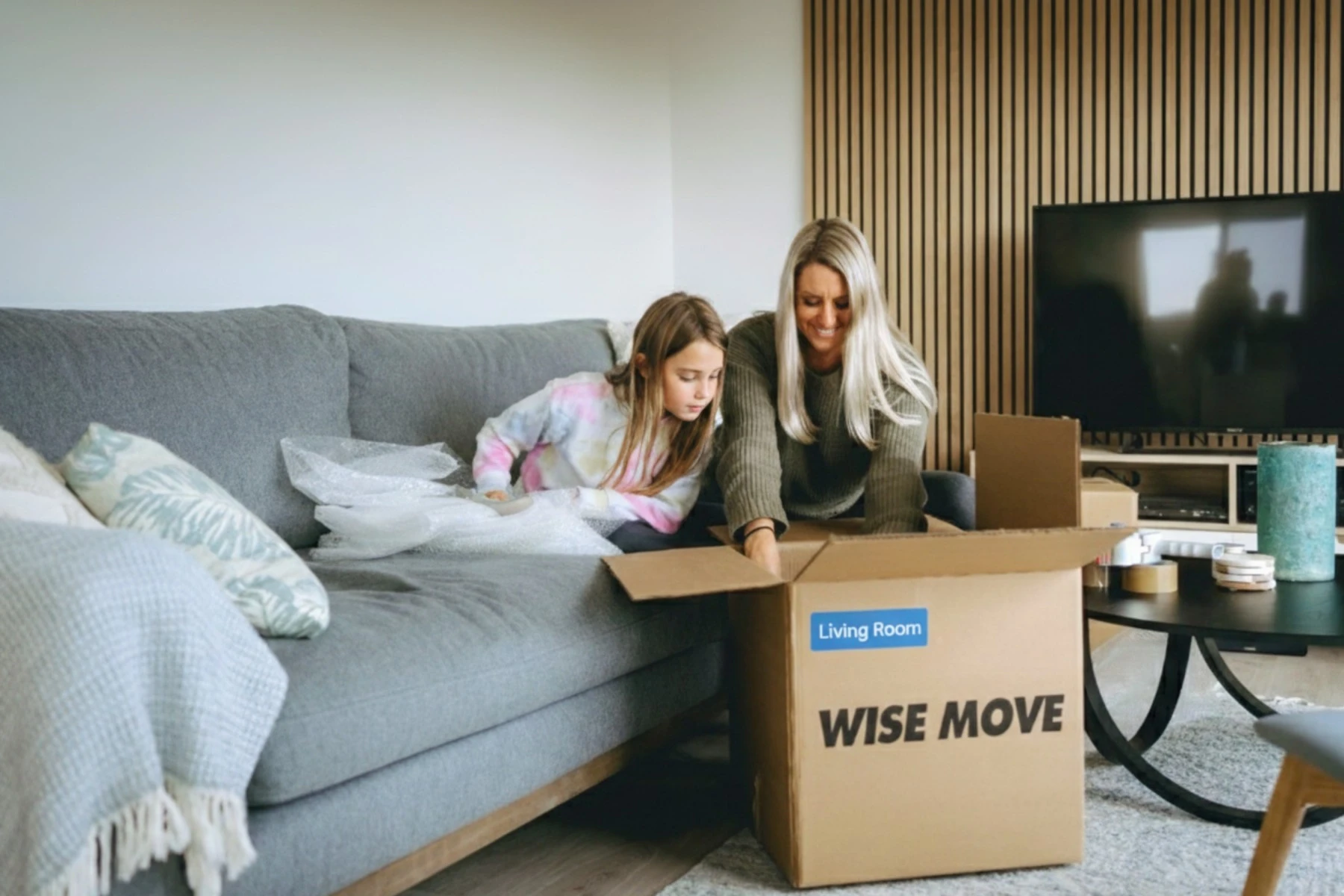
Pick three to five bright colours and assign each to a zone. For example:
- Red = Kitchen
- Blue = Living/dining
- Green = Home office
- Yellow = Kids' rooms
Use coloured masking tape or large stickers on the boxes assigned to each room.
This helps your moving team (and you) instantly recognise which pile of boxes goes where, even in semi-dark corridors or during evening move-ins.
Numbering boxes: a smarter system
If you want to stay super organised throughout the moving process, give each box a unique number. That way:
- You can track the number of boxes you have per room.
- If a box goes missing, you’ll know exactly what’s inside.
- You can prioritise unpacking (e.g. Box 1 = essentials).
Example: Box 7 of 15 – Kitchen
Keep a master list on a spreadsheet or notebook that maps each box number to its contents and approximate weight. If one box is heavier (say 25 kg), flag it, as elevators often have a limit on the load per trip. The list becomes your cheat sheet on moving day.
Special labels for items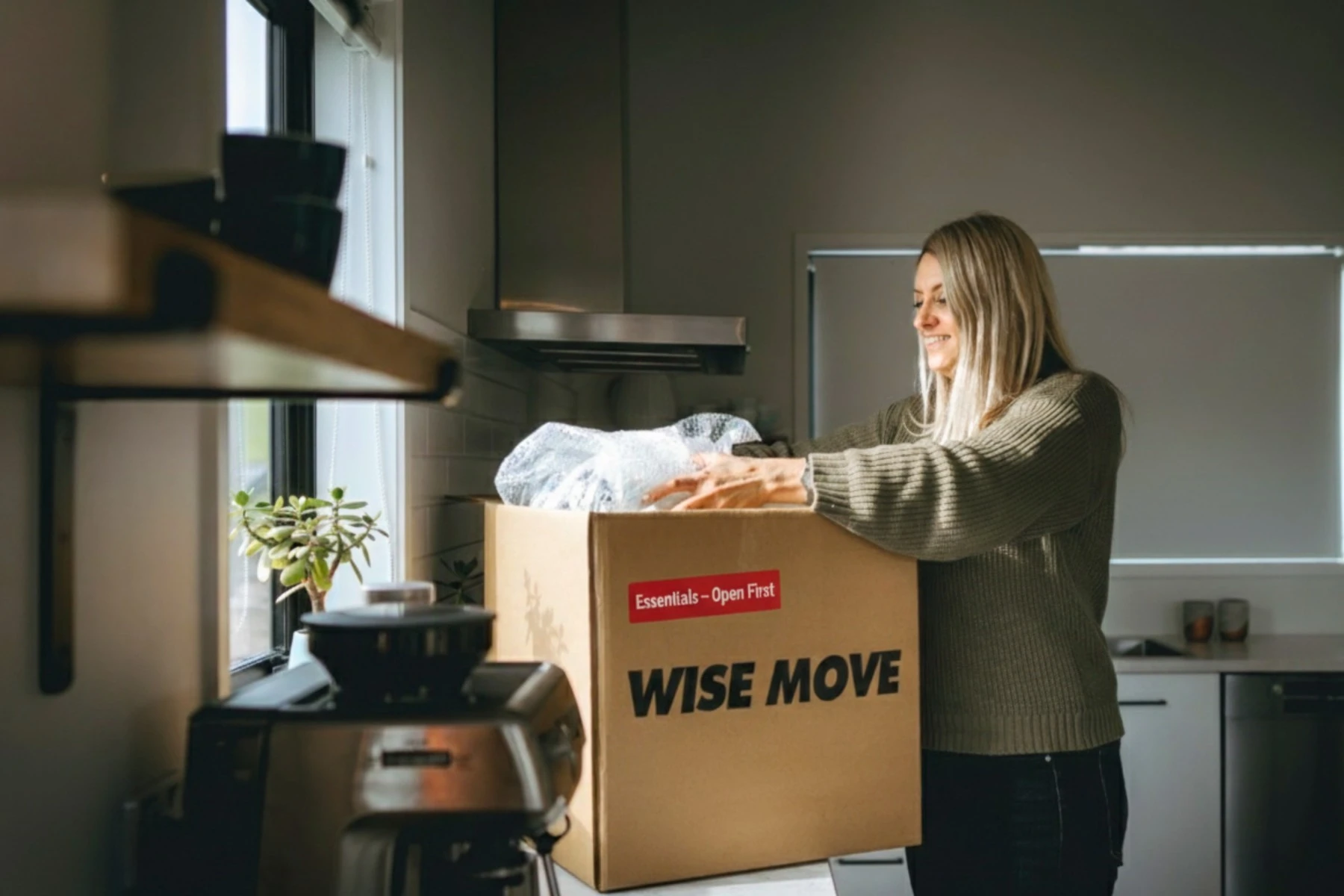
“Open First” items
Identify the essential items you’ll need on day one and label them with something like “Essentials – Open First” or use a bright red sticker.
These should include:
- A few plates and cutlery
- Chargers and power boards
- Pet food or kids’ essentials
- Basic toiletries
- Bedding and towels
Fragile items
Set aside valuable or delicate items and label them as “Fragile – Handle with care.”
Consider glassware, electronics, chandeliers, or any other item that requires gentle handling.
Seasonal items
If you don’t need certain items in the near future (like desert camping gear or winter clothes), group and mark them accordingly.
Heavy, bulky items
Flag furniture parts or gym equipment so movers know to bring extra help.
Go digital: track with apps and photos
Before sealing boxes, snap photos of the contents. Use simple note apps or a Google Sheet to log box number, contents, and room.
This is especially helpful for insurance purposes if goods get damaged during transit. If you’re dealing with international customs or shared buildings, these records can save you from disputes or misplaced boxes.
Quick dos and don’ts for labelling
Do:
- Use thick waterproof markers.
- Write on the top and two sides of each box.
- Limit box weight to around 20 kg.
- Reinforce both toms with extra tape.
Don’t:
- Leave vague labels ('misc').
- Stack fragile boxes under heavy ones.
- Rely solely on scribbles or tiny text.
- Forget to cross-check your master list.
Why does the effort pay off
In the UAE, you deal with high-rise towers, narrow foyers, hot summer conditions, lift bookings, and customs checks for international moves.
A clear labelling system cuts confusion, speeds unloading, and reduces damage. You’ll thank yourself when your new home in Dubai Marina or Ras Al Khaimah comes together smoothly.
Working with professional movers and packers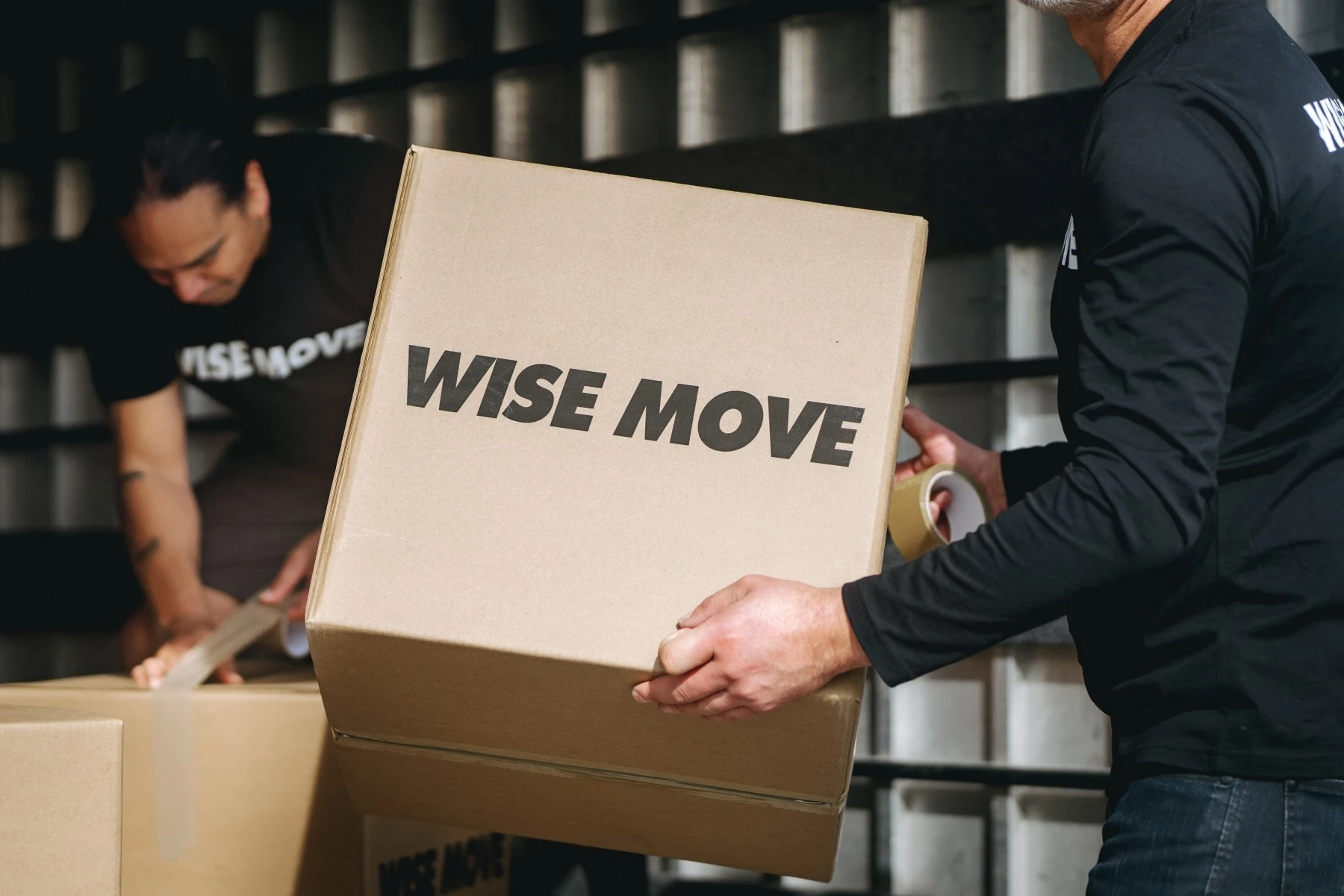
If you’re using professional packers and movers in the UAE, clear labels make their job easier and your move faster.
Choose a mover that:
- Is licensed and insured in the UAE.
- Has experience with multi-emirate logistics routes.
- Offers fixed quotes (so you aren’t nickel-and-dimed by fuel or permit surcharges).
- Uses modern trucks with padding, lifts, and hoists.
- Communicates clearly, preferably in English and Arabic.
With Wise Move , you can book trusted moving teams who’ll appreciate your clear labelling system and get everything where it needs to go the first time.
Share your box-number master list, walk through the floor plan, and confirm lift bookings or time slots with building management. These small steps ensure your move stays on track without surprises. Movers can then place boxes directly in the correct rooms, reducing the need to rearrange items later on. Some companies even offer labelling supplies or digital tracking as part of their service.
Make moving day less of a guessing game. Grab your markers, prep your labels, and thank yourself later.
